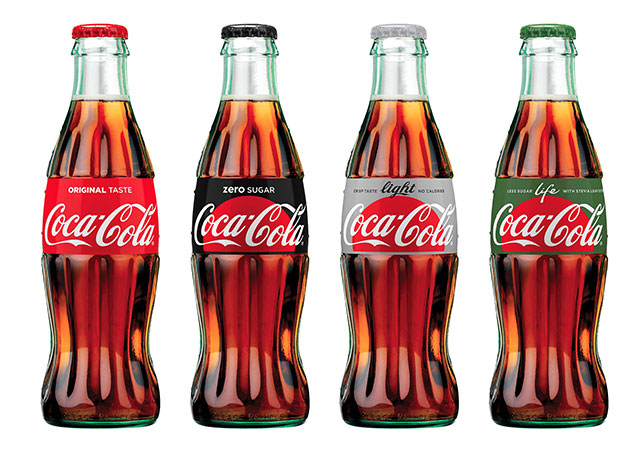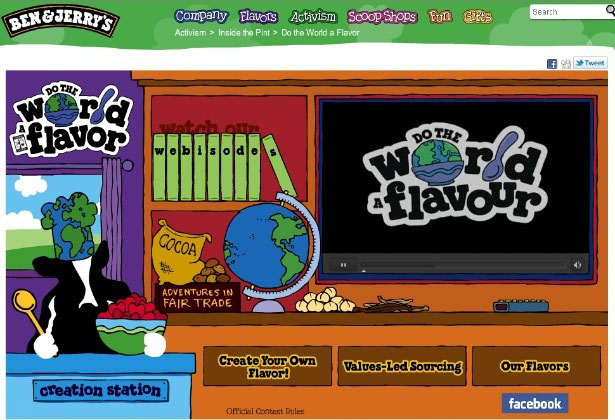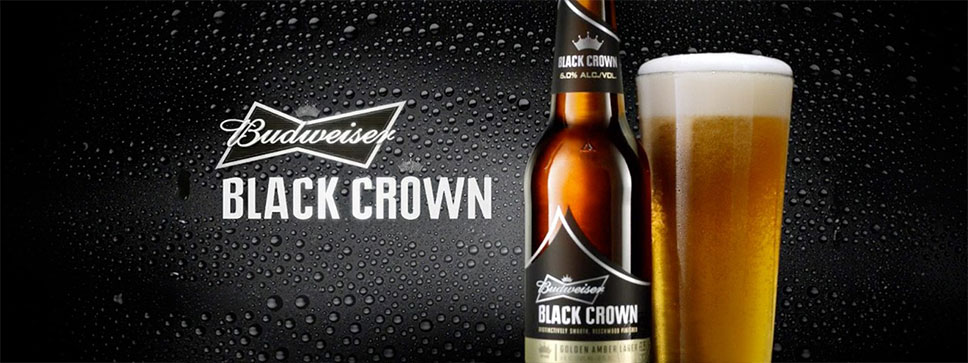
Open Innovation in the Food Industry
The phrase open innovation has been established for a while and there is a misconception of what it actually means. Words such as crowdsourcing, big data and social media interaction are related to open innovation but they only describe one of the many ways open innovation works. The purpose of this article is to give a brief introduction to the concept of Open Innovation and examples of how it has been and it is used in the food industry.
What is open innovation?
Open Innovation is formally defined as “the use of purposive inflows and outflows of knowledge to accelerate internal innovation, and expand the markets for external use of innovation, respectively” (Henry Chesbrough, 2003). In simple English, open innovation is the process of identifying ideas for new products, processes and technologies by looking outside the organizations’ own environment. It is the idea that companies should make greater use of external ideas and technologies in their own business, and allow unused internal ideas to flow out to others for use in their business. It is the opposite of the traditional closed innovation process which relies on internal R&D and deep vertical integration.
Is crowdsourcing the same as open innovation?
Crowdsourcing has become very popular and it is one of the many ways organizations can open up the process of searching for good ideas outside the firm. Innocentive, Qmarkets and Innoget are examples of crowdsourcing platforms that companies can use to seek external solutions and ideas. Individual companies can also make their own crowdsourcing using social media or their own website portal.
Below are 5 great examples of how companies have managed crowdsourcing and open innovation in the food industry.
1) August 2017: Coca-Cola launches two crowdsourcing schemes to find innovative ways to sweeten food and beverages:

- Seeking recommendations of sweeteners derived from plants, other than stevia and monk fruit which it currently uses.
- Propose a molecule or compound that could safely be used to sweeten food and drinks.
Coca-Cola chief innovation officer said: “These two challenges are very much rooted in our desire to make the drinks our consumers want to drink, and our willingness to look beyond the walls of our company for breakthrough sugar alternatives that helps us deliver the great taste people love but with less sugar and fewer calories. The best answers will win a cash price.
2) Ongoing: Unilever’s approach to Open Innovation

Unilever uses its main website to post current technical and process challenges. Everybody who believes has a good technical idea to help them solve their challenges is open to submit their proposals.
Latest challenges and wants (February 2018)
- Ingredient or technology for prevention of oil oxidation.
- Intelligent packaging.
- More for less.
- Superior functionality.
- New and novel freezing and cooling technologies.
- Process for superficial surface modification of non-uniform flat shapes.
- Process for shape transformation of tea leaves.
3)2010: Ben & Jerrys “Do the world a flavour”

Fans were able to invent their own variety of the popular ice cream via a fun online "Creation Station." The specific aim of the contest was to raise awareness for fair trade ingredients, and with around 10,000 new flavour suggestions from the U.S. alone, Ben & Jerry's achieved that goal.
4) 2012: Anheuser-Busch “In search of new beer”

In 2012, Anheuser-Busch ran a crowdsourcing project to create a new beer. Slightly different from typical consumer-led crowdsourcing (such as the example of Ben & Jerry’s), the initial recipes were generated from a competition involving brewmasters. Nonetheless, the end consumers had the final saying when 25,000 consumers voted for the winning recipe. It resulted in the creation of the golden-amber lager “Black Crown.”
5) 2013 Kraft foods “Positioning of Mini oreo cookies brand”

Kraft foods worked with crowdsourcing platform eYeka asking the online community to design a print ad that captured what was unique about the mini oreo product. Kraft received more than 500 ideas and this work inspired the new positioning and global campaign around “Bonding moments”.
There are clear advantages of using open innovation process to generate ideas and knowledge:
- Reduced time and costs of innovation projects.
- Incorporation of solutions and innovations in the form of ideas, patents, products and technologies which would have never been generated by the company due to lack of time, knowledge, technological or capital resources.
- Commercialization of inventions which due to lack of ability or to strategic reasons cannot be placed in the market by the company owning them.
From close to open innovation:
Until recently, most food companies innovated from within their own R&D centres. There was a strong belief that a company should control the creation and management of ideas – and, therefore, its IP. There are 5 common beliefs related to closed innovation:
- To profit from R&D, we must discover it, develop it, and deliver it ourselves.
- If we discover it ourselves, we will get it to the market first.
- If we create the most and the best ideas in the industry, we will win.
- We should control our IP, so that our competitors don't profit from our ideas.
At the other end of the spectrum, 5 principles have been defined for open innovation:
- Not all the smart people work for us, so we must find and tap into the knowledge and expertise of bright individuals outside our company.
- External R&D can create significant value: internal R&D is needed to claim some portion of that value.
- We don't have to originate the research in order to profit from it.
- If we make the best use of internal and external ideas, we will win.
- We should profit from others' use of our IP, and we should buy others' IP whenever it advances our business model.
External sources of innovation:
Ideas generation outside the organization’s boundaries can come from different sources: Customers, Suppliers, Competitors, Universities and research institutions. Engagement from customers can come in of the form of crowdsourcing, social media, and subject-specific communities. Suppliers are also a very important source of open innovation. How to integrate suppliers in the New Product Development process to make the most of their input?
- Integrate suppliers at an early stage, later in the process it can be more costly and less effective.
- Use supplier integration selectively: made in the context of the firm’s strategic business priorities and its core competencies:
- Choose the right supplier.
- Build commitment to the integration efforts.
- Define metrics and targets clearly.
- Give suppliers an active role and ownership.
- Share information openly.
There are implicit risks associated with open innovation integration with suppliers such as intellectual property and locking each other to secure future business. Choosing the right suppliers and signing a contractual non-disclosure agreement will mitigate these risks.
Examples of horizontal collaboration from competitors can be seen in Supply Chain Innovation to benefit from economies of scale. Such is the case with Kimberly Clark joining forces with competitor Unilever to share distribution facilities and transport services to serve mutual customers in the Nederland.
Universities and research institutes are an invaluable centres to pair up with both for specific projects and idea generators.
What’s next?
The nature of open innovation can lend itself to one-off encounters. For example, you might conduct an innovation challenge to find a solution to a particular problem, crowsource for new products or license technology from a university. Whilst these are undoubtedly worthy endeavors, the best results are achieved when open innovation is regarded as a philosophy that will underpin the way the organization innovates. In future articles, Karmanor will describe ways to create an open innovation culture that companies can apply to their own business.
By Luciana VeccoKeep in Touch
Read more about what we do and how we can help your business achieve its full potential
Drop us a line